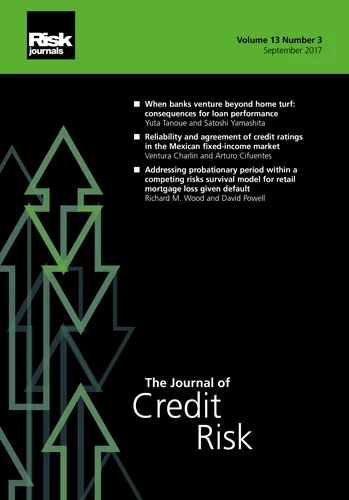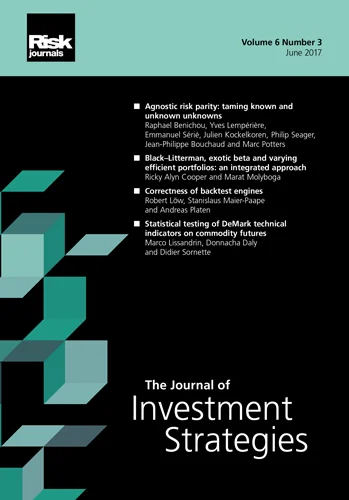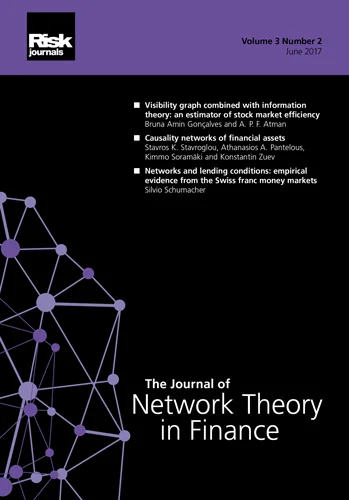Journal of Risk
ISSN:
1755-2842 (online)
Editor-in-chief: Farid AitSahlia

High-frequency movements of the term structure of US interest rates: the role of oil market uncertainty
Elie Bouri, Rangan Gupta, Clement Kyei and Sowmya Subramaniam
Need to know
- The authors study the impact of oil volatility on the latent factors of the US Treasury term structure.
- No evidence of causality is found when using a linear model.
- A quantile approach is applied that considers the entire conditional distribution.
- Oil volatility holds predictive power.
Abstract
Using daily data from January 3, 2001 to July 17, 2020 we analyze the impact of oil market uncertainty (computed based on the realized volatility of five-minute intraday oil returns) on the level, slope and curvature factors derived from the term structure of US interest rates covering maturities from 1 to 30 years. The results of the linear Granger causality tests show no evidence of the predictive ability of oil uncertainty for the three latent factors. However, evidence of nonlinearity and structural breaks indicates misspecification of the linear model. Accordingly, we use a data-driven approach: the nonparametric causality-in-quantiles test, which is robust to misspecification due to nonlinearity and regime change. Notably, this test allows us to model the entire conditional distribution of the level, slope and curvature factors, and hence accommodate, via the lower quantiles, the zero lower bound situation observed in our sample period. Using this robust test, we find overwhelming evidence of causality from oil uncertainty for the entire conditional distribution of the three factors, suggesting the predictability of the entire US term structure based on information contained in oil market volatility. Our results have important implications for academics, investors and policy makers.
Copyright Infopro Digital Limited. All rights reserved.
As outlined in our terms and conditions, https://www.infopro-digital.com/terms-and-conditions/subscriptions/ (point 2.4), printing is limited to a single copy.
If you would like to purchase additional rights please email info@risk.net
Copyright Infopro Digital Limited. All rights reserved.
You may share this content using our article tools. As outlined in our terms and conditions, https://www.infopro-digital.com/terms-and-conditions/subscriptions/ (clause 2.4), an Authorised User may only make one copy of the materials for their own personal use. You must also comply with the restrictions in clause 2.5.
If you would like to purchase additional rights please email info@risk.net








